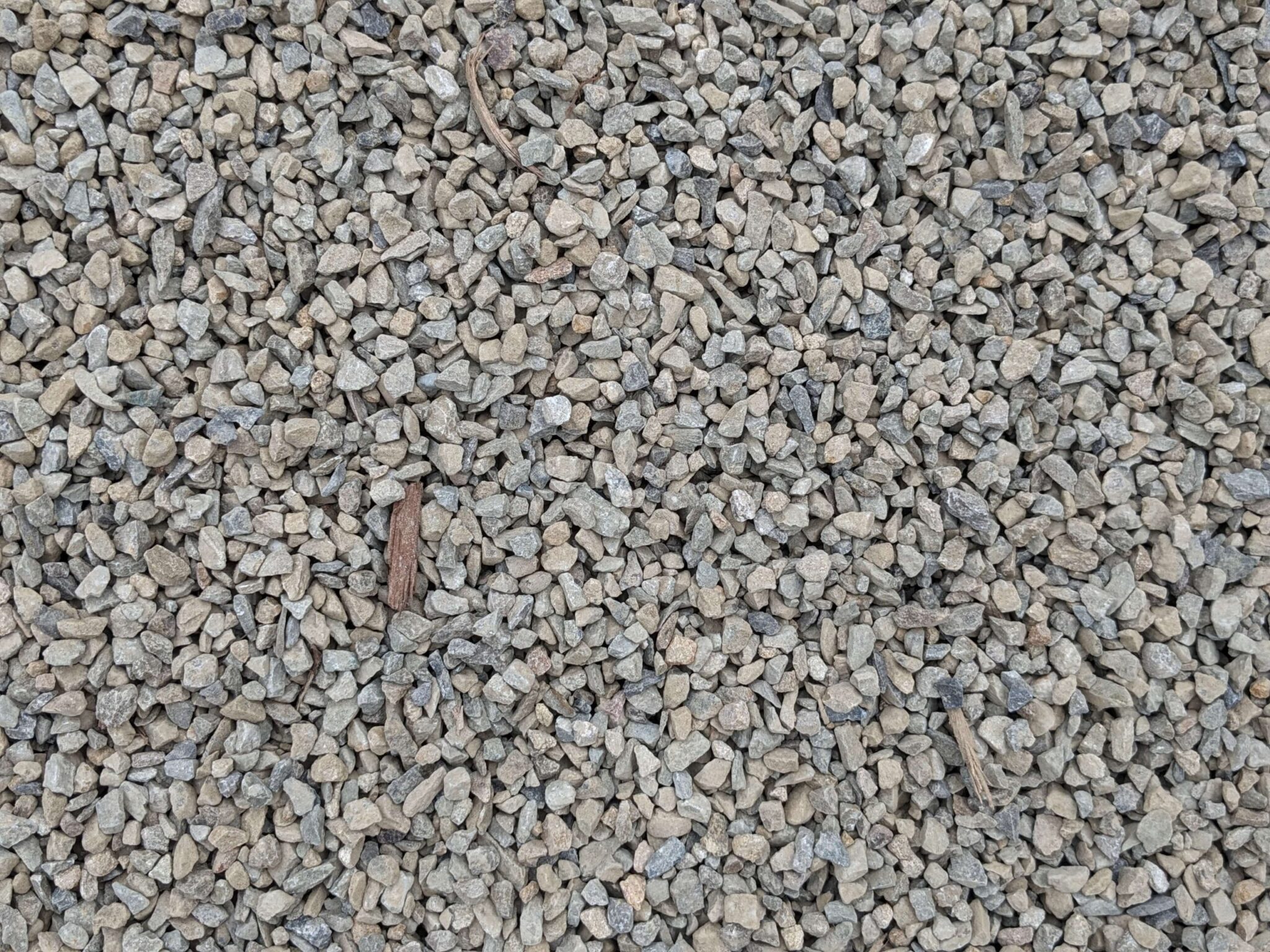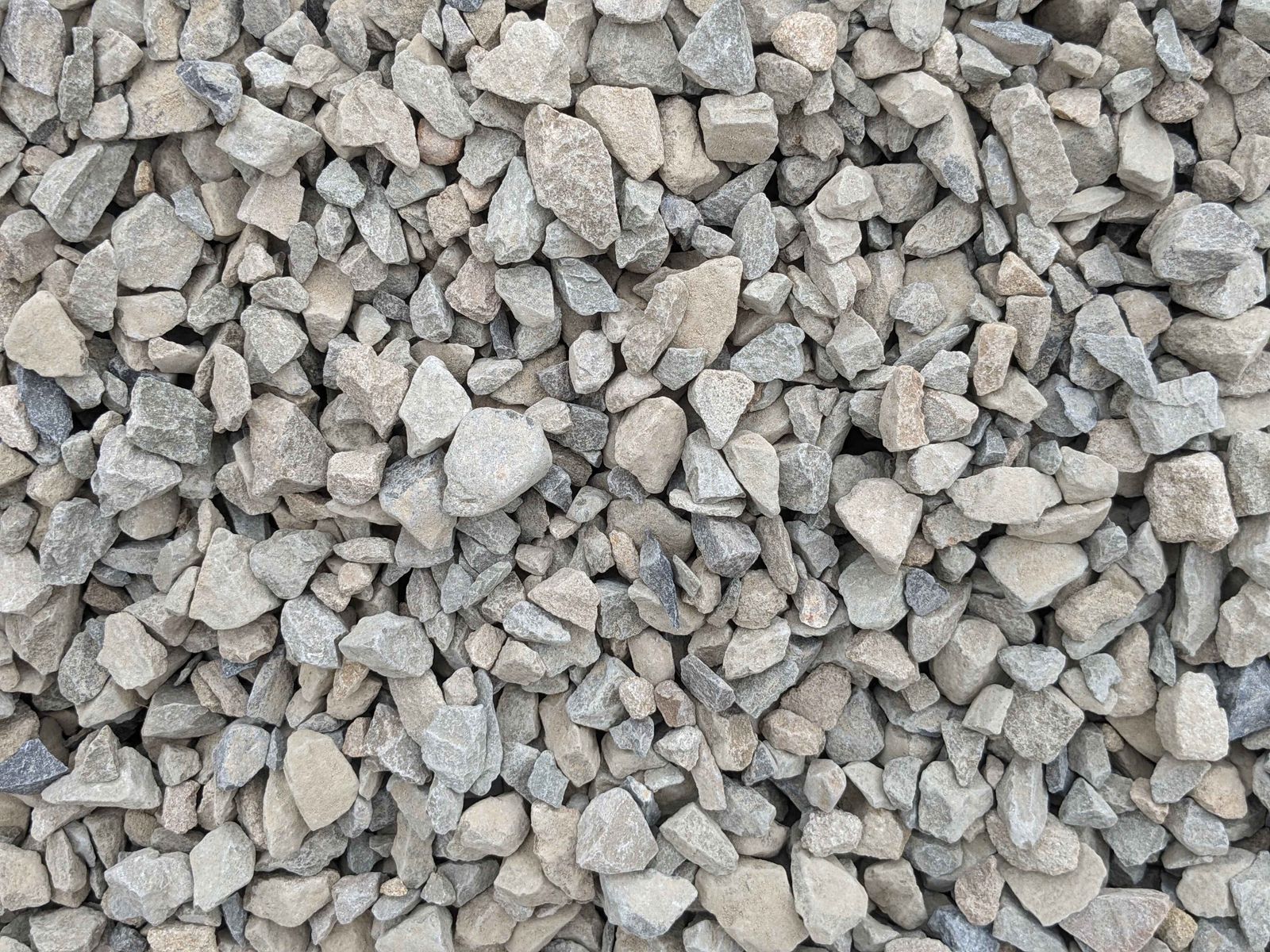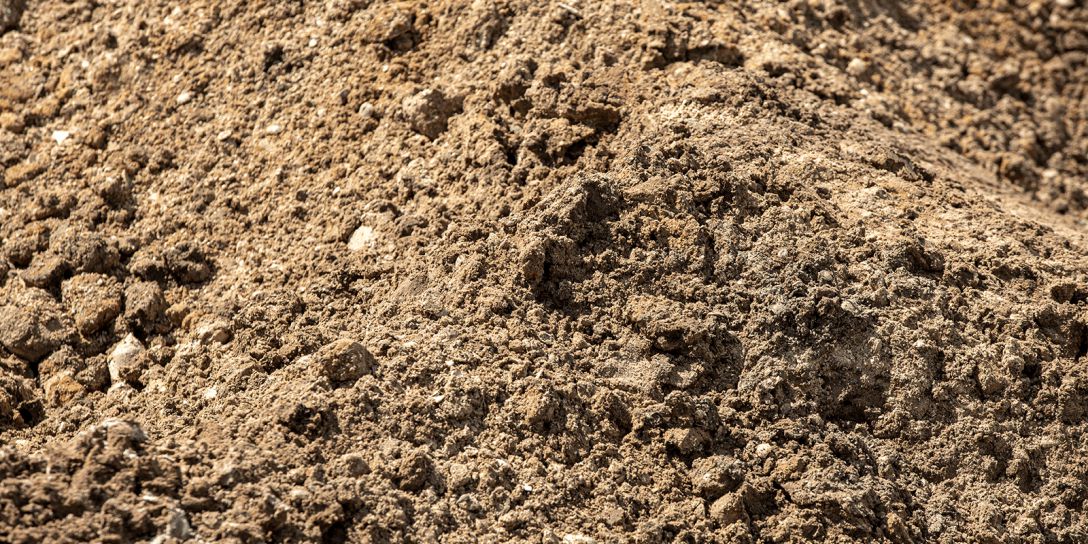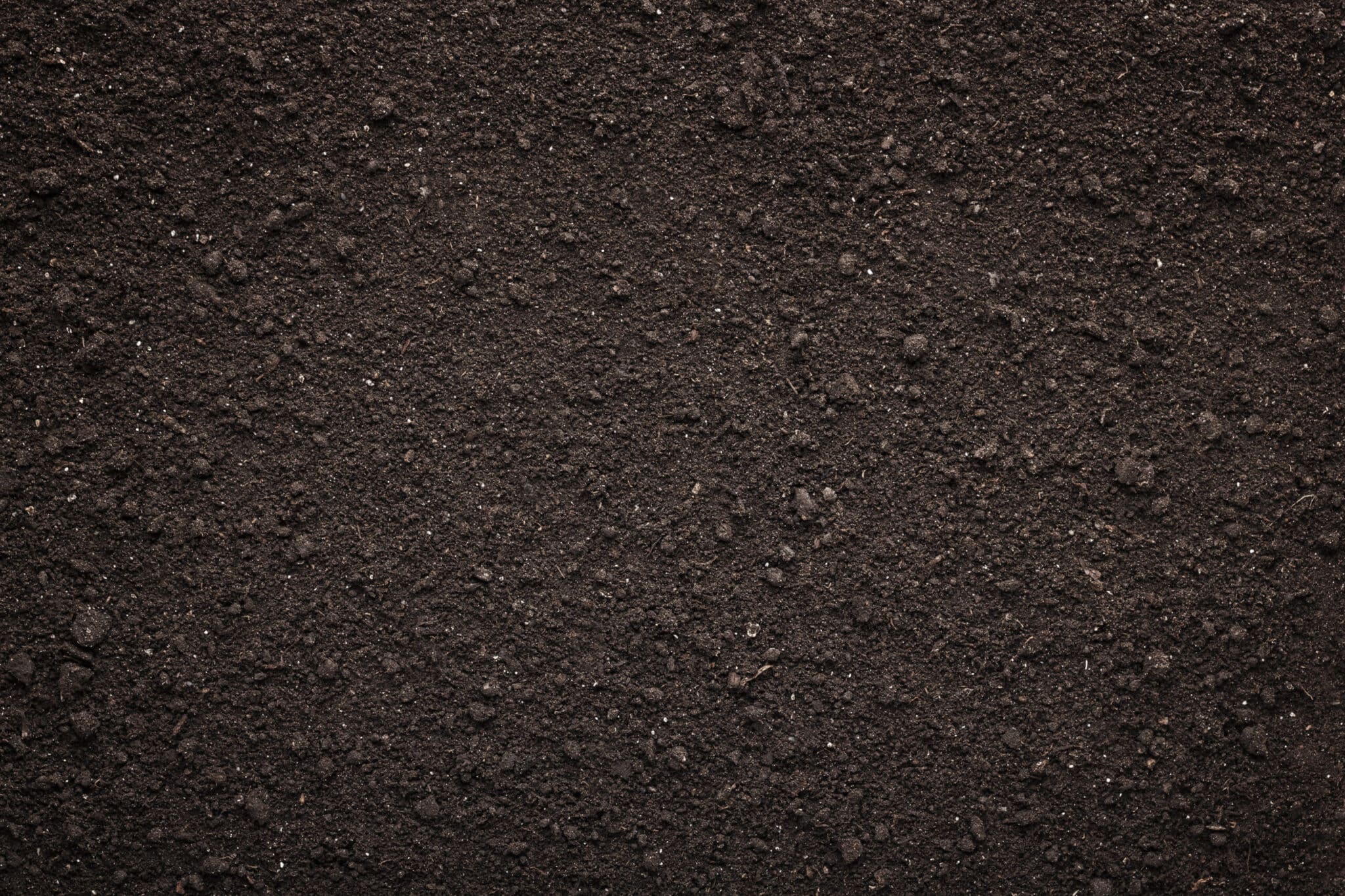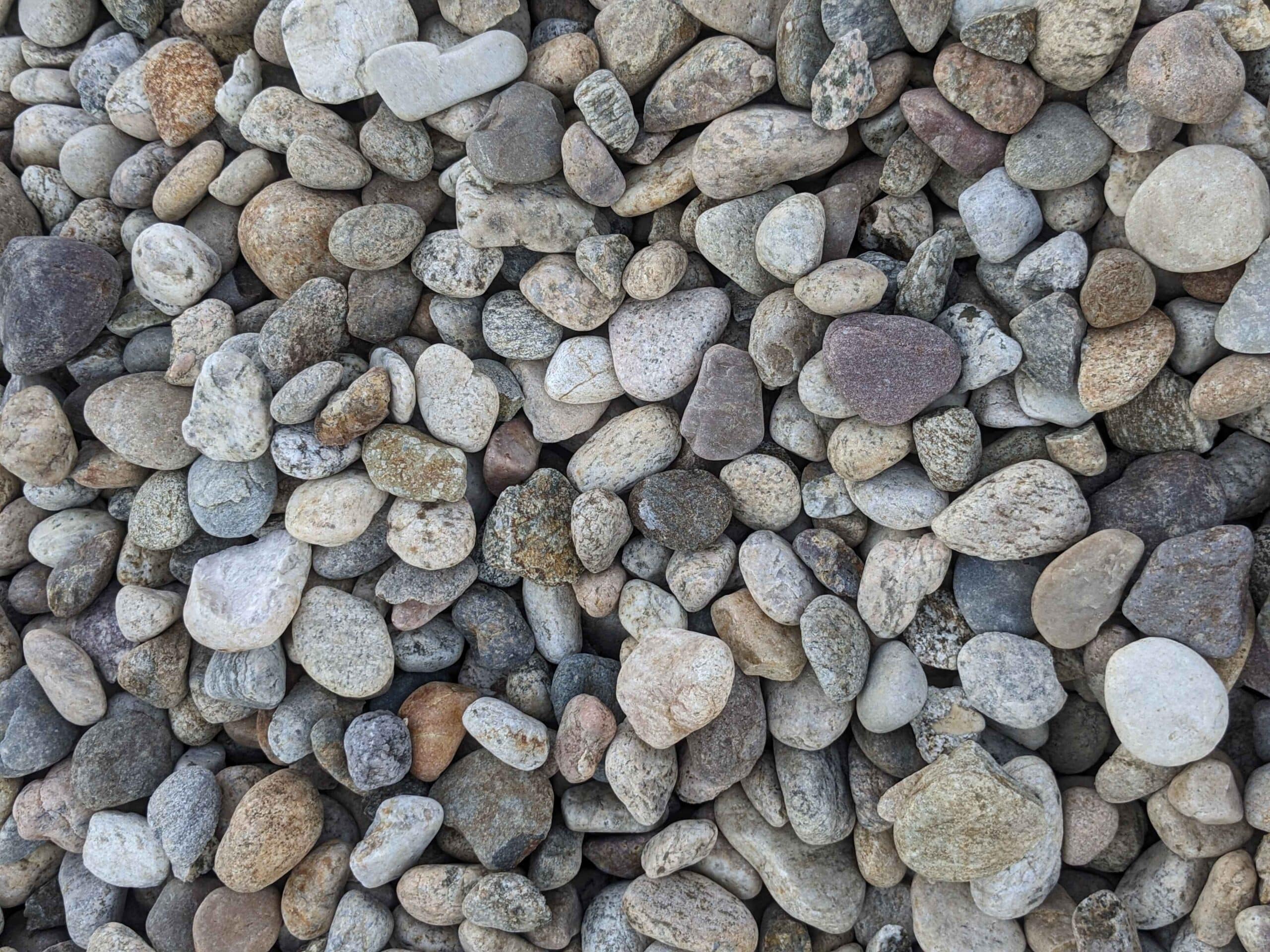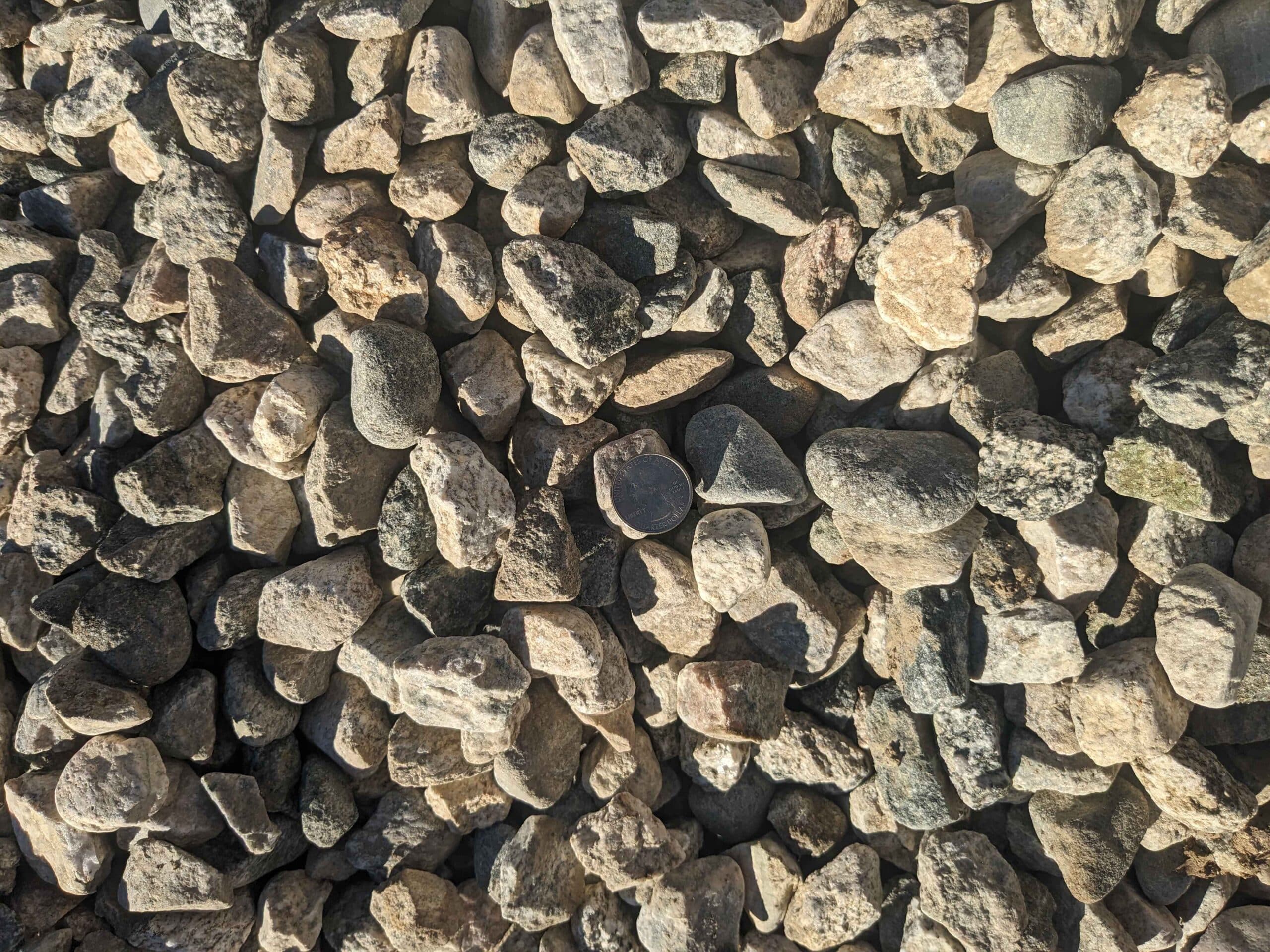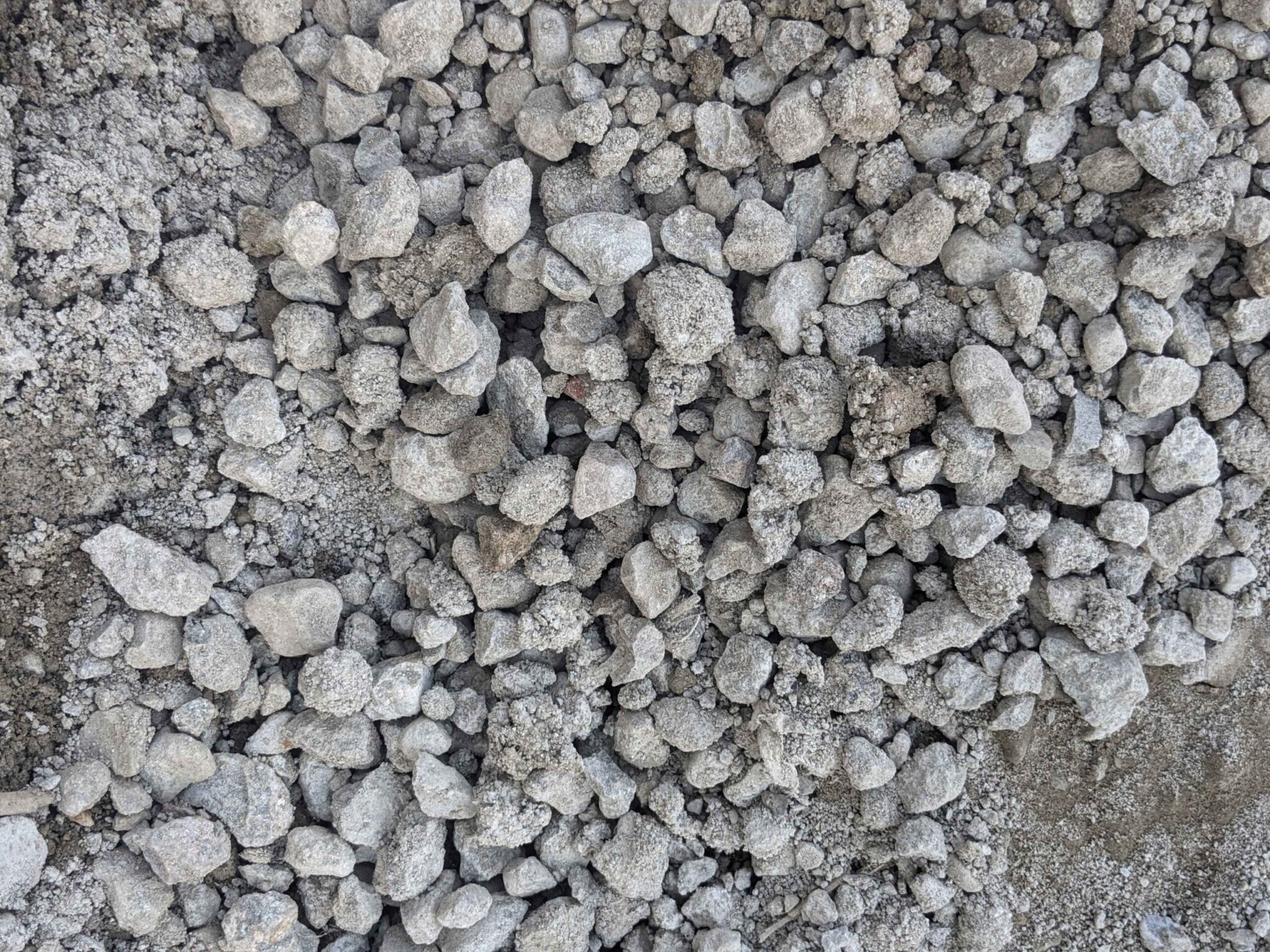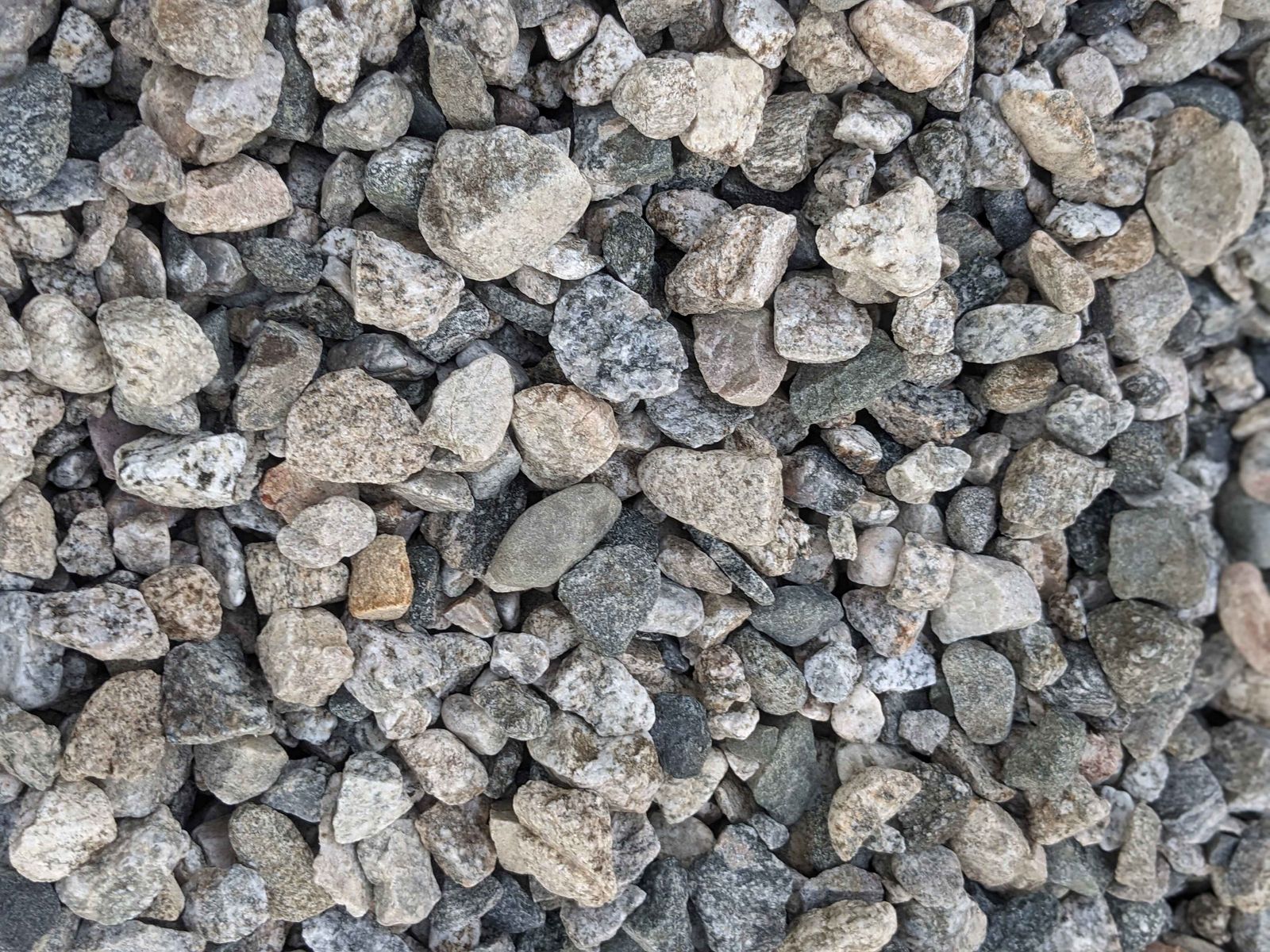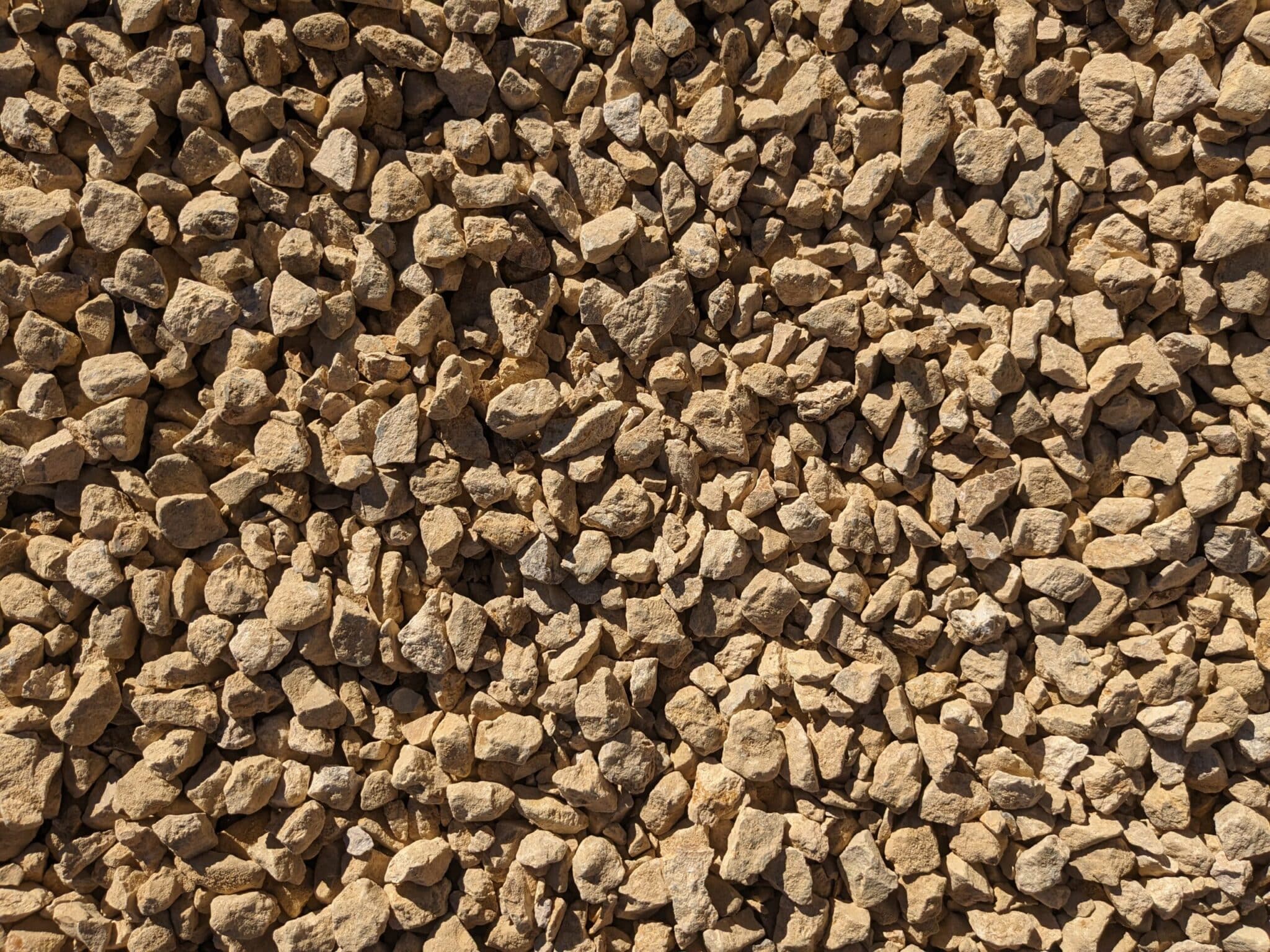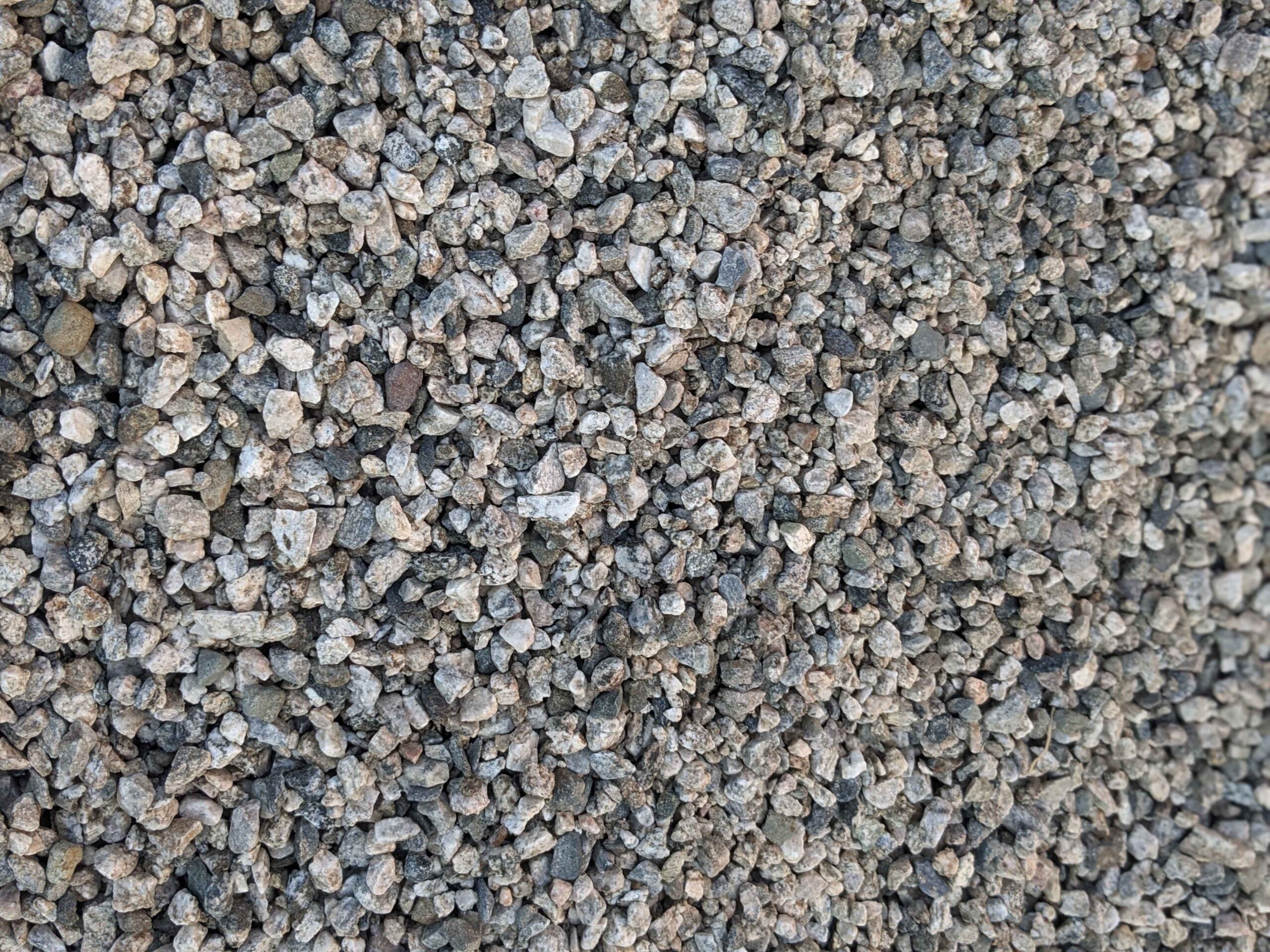
Gravel is a versatile and cost-effective material that can enhance the beauty and functionality of your landscaping. Whether you want to create a charming pathway, install a decorative feature, or simply add texture to your garden, choosing the right type of gravel is essential. In this comprehensive guide, we will explore the different types of gravel available for landscaping and explain how to choose the best option for your specific needs.
Understanding Gravel and Its Uses in Landscaping
Before we dive into the various types of gravel, let’s establish a basic understanding of this material and its importance in landscaping. Gravel is a loose aggregation of small stones and rocks, typically measuring between 1/8 inch and 2.5 inches in diameter. It is available in different shapes, sizes, and colors, making it highly versatile for various landscaping purposes.
The Basics of Gravel
Gravel is formed through natural erosion, resulting in smooth and rounded stones. Its natural appearance adds a rustic charm to outdoor spaces and blends seamlessly with different types of plants and architectural elements. This material also offers excellent drainage properties, preventing water accumulation and potential damage to your landscape.
When you think of gravel, you may envision a simple, unassuming material. However, there is much more to gravel than meets the eye. Each stone has its own unique texture, color, and composition, adding depth and character to your landscape. From the smooth, polished pebbles found in riverbeds to the rough, jagged rocks found in mountainous regions, gravel comes in a wide range of textures that can be used to create visually stunning landscapes.
Furthermore, gravel is not limited to a single color. It can be found in shades of gray, brown, white, and even vibrant hues like red and blue. This color variation allows you to choose a gravel that complements the existing elements in your landscape, whether it’s the greenery of your garden or the facade of your home.
Importance of Gravel in Landscaping
Gravel plays a crucial role in landscaping by serving both functional and aesthetic purposes. From improving soil drainage to creating beautiful focal points, here are some key reasons why gravel is widely used in landscaping:
- Drainage: Gravel helps to prevent waterlogging and soil erosion, keeping your plants healthy and maintaining the integrity of your landscape. Its porous nature allows water to seep through, preventing stagnant water from pooling and causing damage to your plants’ roots.
- Durability: Gravel is known for its durability and ability to withstand heavy foot traffic. This makes it an ideal choice for high-traffic areas like pathways and driveways. Unlike other ground covers, gravel won’t get easily worn down or compacted, ensuring that your pathways remain intact and visually appealing for years to come.
- Low Maintenance: One of the greatest advantages of using gravel in landscaping is its low maintenance requirements. Unlike grass or other ground covers that need regular mowing, watering, and fertilizing, gravel requires minimal upkeep. You won’t have to spend hours tending to your landscape, allowing you to enjoy your outdoor space without the hassle of constant maintenance.
In addition to its functional benefits, gravel also adds aesthetic appeal to your landscape. Whether you’re creating a Zen garden with raked gravel patterns or using gravel as a border to define different areas in your yard, this versatile material can enhance the overall visual appeal of your outdoor space.
Now that we have explored the basics and importance of gravel in landscaping, let’s delve into the different types of gravel and their specific uses in creating stunning outdoor environments.
Different Types of Gravel for Landscaping
When it comes to landscaping projects, choosing the right type of gravel can make a significant difference in the overall aesthetic and functionality of your outdoor space. Let’s take a closer look at the various types of gravel commonly used in landscaping, each possessing unique characteristics that make it suitable for specific applications.
Pea Gravel
One popular choice for creating pathways and patios is pea gravel. This type of gravel is known for its small and smooth stones, which provide a comfortable underfoot experience. The rounded shape of pea gravel not only adds a visually pleasing element to your landscape but also makes it pleasant to walk on. Available in a range of natural colors, such as tan, beige, and gray, pea gravel allows you to achieve the desired aesthetic for your outdoor space.
Furthermore, pea gravel is highly versatile and can be used for various purposes beyond pathways and patios. It can be used to create decorative borders, fill in gaps between stepping stones, or even as a ground cover in garden beds. Its compact nature also helps with weed suppression, making it an excellent choice for low-maintenance landscapes.
Crushed Stone Gravel
If you’re looking for a more rugged and visually striking option, crushed stone gravel might be the perfect choice for your landscaping project. This type of gravel is produced by mechanically crushing larger rocks and stones, resulting in sharp edges and irregular shapes. The rough texture of crushed stone gravel allows water to flow freely, making it ideal for drainage projects. Additionally, its unique appearance makes it a popular choice for building borders, retaining walls, and creating visually striking accents in your garden.
When using crushed stone gravel, you have the flexibility to choose from various sizes and colors, allowing you to create a customized look that complements your overall landscape design. Whether you prefer a more natural and earthy look or a bold and vibrant statement, crushed stone gravel can help you achieve the desired effect.
River Rock Gravel
For those who want to add a natural and soothing element to their landscape, river rock gravel is an excellent option. As the name suggests, this type of gravel is sourced from riverbeds or streams, resulting in its smooth and rounded appearance. River rock gravel comes in various sizes and colors, making it a versatile choice for decorative purposes.
One popular use for river rock gravel is in water features, where the smooth stones create a visually appealing and calming effect. Additionally, it can be used to create dry river beds, adding a touch of nature to your landscape design. River rock gravel also works well as a landscape border, providing a distinct separation between different areas of your outdoor space.
Marble Chips Gravel
If you’re aiming for a luxurious and elegant look, marble chips gravel is the perfect choice. Made from crushed fragments of marble, this type of gravel exhibits a stunning white color with subtle variations. The fine texture and reflective surface of marble chips gravel make it an excellent option for accentuating gardens, creating pathways, and highlighting specific areas, such as flower beds or statues.
Marble chips gravel can add a touch of sophistication to any landscape design. Whether you’re creating a formal garden or looking to enhance the visual appeal of your outdoor space, the bright and pristine appearance of marble chips gravel is sure to make a statement.
Decomposed Granite Gravel
For those seeking a natural and rustic look, decomposed granite gravel is a popular alternative to traditional gravel. This type of gravel is made by breaking down granite rocks into smaller particles, resulting in a golden-brown color and a sandy texture. Decomposed granite gravel blends seamlessly with a variety of outdoor settings, making it ideal for pathways and other landscape features.
One of the advantages of using decomposed granite gravel is its ability to create a natural-looking pathway that harmonizes with the surrounding environment. Whether you’re aiming for a woodland-inspired garden or a Mediterranean-style landscape, decomposed granite gravel can help you achieve the desired aesthetic.
Furthermore, decomposed granite gravel is permeable, allowing water to penetrate the surface and preventing runoff. This can be particularly beneficial for areas prone to heavy rainfall, as it helps with water drainage and reduces the risk of erosion.
As you can see, there are various types of gravel available for landscaping projects, each offering unique characteristics and benefits. Whether you’re looking for a comfortable and visually pleasing option like pea gravel, a rugged and visually striking choice like crushed stone gravel, a natural and soothing element like river rock gravel, a luxurious touch like marble chips gravel, or a natural and rustic look like decomposed granite gravel, there’s a type of gravel that will suit your specific needs and enhance the beauty of your outdoor space.
Choosing the Right Gravel for Your Landscape
Now that you are familiar with the different types of gravel available for landscaping, let’s explore how to select the right option for your specific needs.
Factors to Consider
When choosing gravel, consider the following factors:
- Function: Determine the purpose of the gravel in your landscape. Will it be primarily decorative or serve a functional role like improving drainage?
- Aesthetic Appeal: Consider the overall design and style of your landscape. Choose a gravel type that complements the existing elements and achieves the desired aesthetic.
- Budget: Gravel prices can vary significantly depending on the type and quantity required. Set a budget and find a gravel option that aligns with your financial constraints.
Matching Gravel to Your Landscape Design
When selecting gravel, take into account the existing elements in your landscape, such as plants, hardscapes, and architectural features. Choose a color and texture that harmonize with these elements to create a cohesive and visually appealing outdoor space.
How to Install Gravel in Your Landscape
Now that you have chosen the perfect gravel for your landscape, it’s time to learn how to install it correctly. Follow these steps for a successful installation:
Preparing the Ground
Start by clearing the area where you plan to install the gravel. Remove any existing vegetation, rocks, or debris. Level the ground and ensure proper drainage by adding a layer of crushed stone or sand as a base.
Laying and Spreading the Gravel
Use a garden rake or shovel to evenly distribute the gravel across the prepared area. Aim for a uniform thickness and a smooth surface. For pathways, consider using landscape fabric underneath the gravel to prevent weed growth.
By following these installation steps, you can create a visually appealing and functional gravel landscape that enhances the overall beauty of your outdoor space.
In conclusion, gravel is a versatile and practical material that can transform your landscape. From different types of gravel like pea gravel and river rock gravel to factors to consider when selecting the right option, this comprehensive guide has equipped you with the knowledge to make informed decisions. By carefully choosing and installing the ideal gravel, you can create a stunning and low-maintenance landscape that will be the envy of your neighborhood.
Ready to Elevate Your Landscape with Premium Gravel?
Discover the highest quality selection of landscaping gravel at Bulk Aggregate Supply. Our white glove service ensures a hassle-free experience, delivering the finest aggregates directly to your doorstep. Whether you’re working on a small driveway project or a large civil construction, we’ve got you covered. Don’t settle for endless calls and quotes; let us provide a seamless solution for all your aggregate needs. Check out our products today and take the first step towards a stunning and low-maintenance landscape that stands out.


